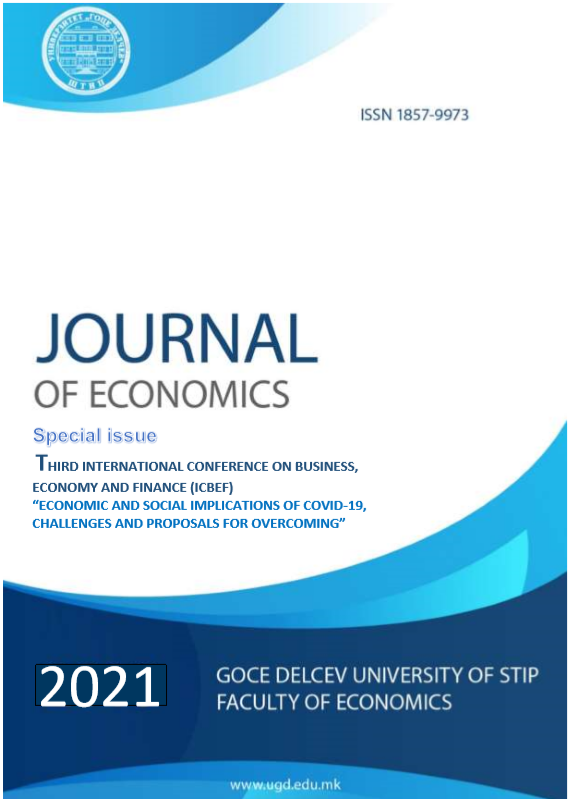Telecommuting Best Practices Prior and During the COVID-19 Pandemic
DOI:
https://doi.org/10.46763/JOE2160085bKeywords:
Best practices, Covid-19, Telecommuting, Telework, Work from homeAbstract
Telecommuting, a work practice where work tasks are conducted away from a central
office, was introduced in mid-1970’s. While the telecommuting practices were steadily
rising during the succeeding decades, they were not brought to prominence till recently.
The Covid-19 pandemic and the lockdowns all around the world put many companies and
employees in a position to implement work-from-home (WFH) practices, where most of the
actors where not completely prepared. The experiences from these “forced” experiments
range from completely positive to highly negative. Emerging studies suggest that the
positive experiences motivate the companies and individuals to practice telecommuting
even after the pandemic ends. In this paper we examine evidenced positive and negative
aspects of telecommuting prior and during the pandemic in order to develop a list of best
practices that could help companies and employees get the most out of the WFH as long
as the pandemic lasts and after it ends. The areas of concern important for telecommuting
we observe, include but are not limited to technology use, personal traits, working
schedule, workspace, communication and management issues, work-life balance,
socialization and wellbeing etc. The 7 best practices we pinpoint in our research address
issues in one or more of the telecommuting areas of concern.


